Category: Native Plants
-

Baneberry, Hedge Nettle, and Hedge Mustard
The Amazing Ability of Plants to Spread Far and Wide
-
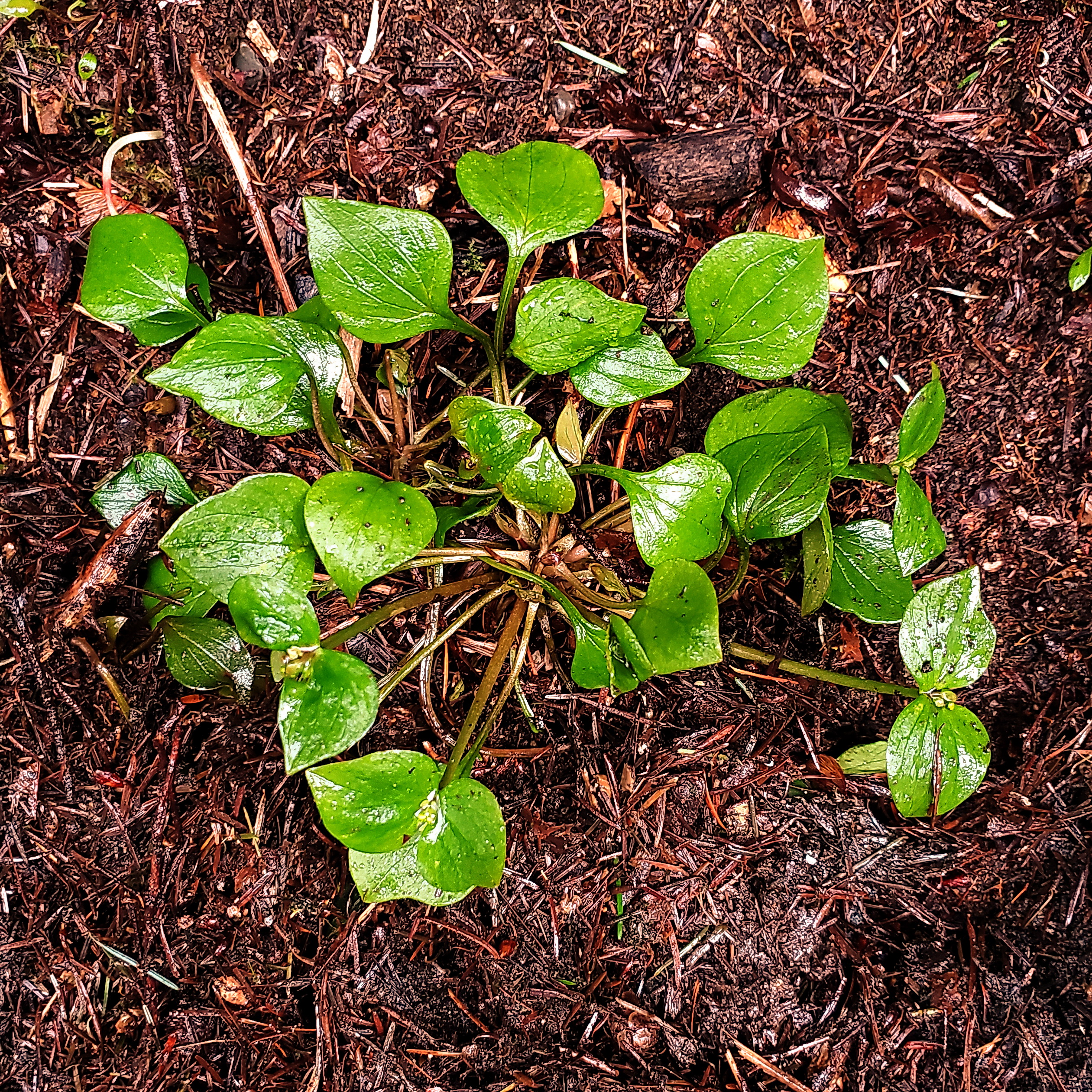
Does Sheet Mulching Deter the Natural Regeneration of Native Groundcovers?
Does sheet mulching with wood chips deter the natural regeneration of native groundcovers?
-
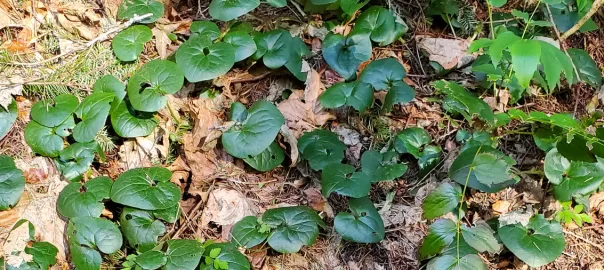
Establishing Groundcover
Ideally, backyard forest restoration results in “working ourselves out of our jobs,” or at least significantly reducing our annual maintenance needs. Establishing robust native groundcovers helps achieve this by deterring unwanted plants. Native groundcovers may regenerate naturally over time, but we can assist by installing plants in gaps. Though we can get most of these…
-

Removing or Allowing Plant Siblings
As we weed our backyard forests and their edges, we are constantly making decisions about which plants to remove and which to allow. For some plant species those decisions are complicated by various factors, and different restoration practitioners may have different, legitimate opinions.
-

Should We Still be Planting Native Trees?
I knew that because of climate change there were no longer any perfect native trees to plant in our region, but I thought that planting a mix of native trees in appropriate sites was a reasonable climate adaptive strategy. Recently, however, my confidence was shaken by a list suggesting that our most important native conifers…
-
A Fall Walk through Everett’s Forest Park
Forest Park was still surprisingly green last week despite three months without significant rain. Taking a break from restoration work, I went for a leisurely walk and took some pictures, including the following group of ten.
-
Watch for Pathfinder and White-Flowered Hawkweed
If you are ridding your backyard forest of weedy Nipplewort and/or Wall Lettuce, try not to inadvertently remove any indigenous Pathfinder or White-Flowered Hawkweed. All four plants have similar structural appearances, their ranges overlap, and they can all survive on “sunflecks.”
-
Improving the Balance in the Soil Seed Bank
“Even the weeds look lovely in May.” From Arthur Lee Jacobson in his book Wild Plants of Greater Seattle. April comes and goes. The rainy season begins to wind down, but the soil remains moist. Days grow longer and highs begin to flirt with 60 degrees. Nighttime lows no longer drop into the 30’s. All…
-
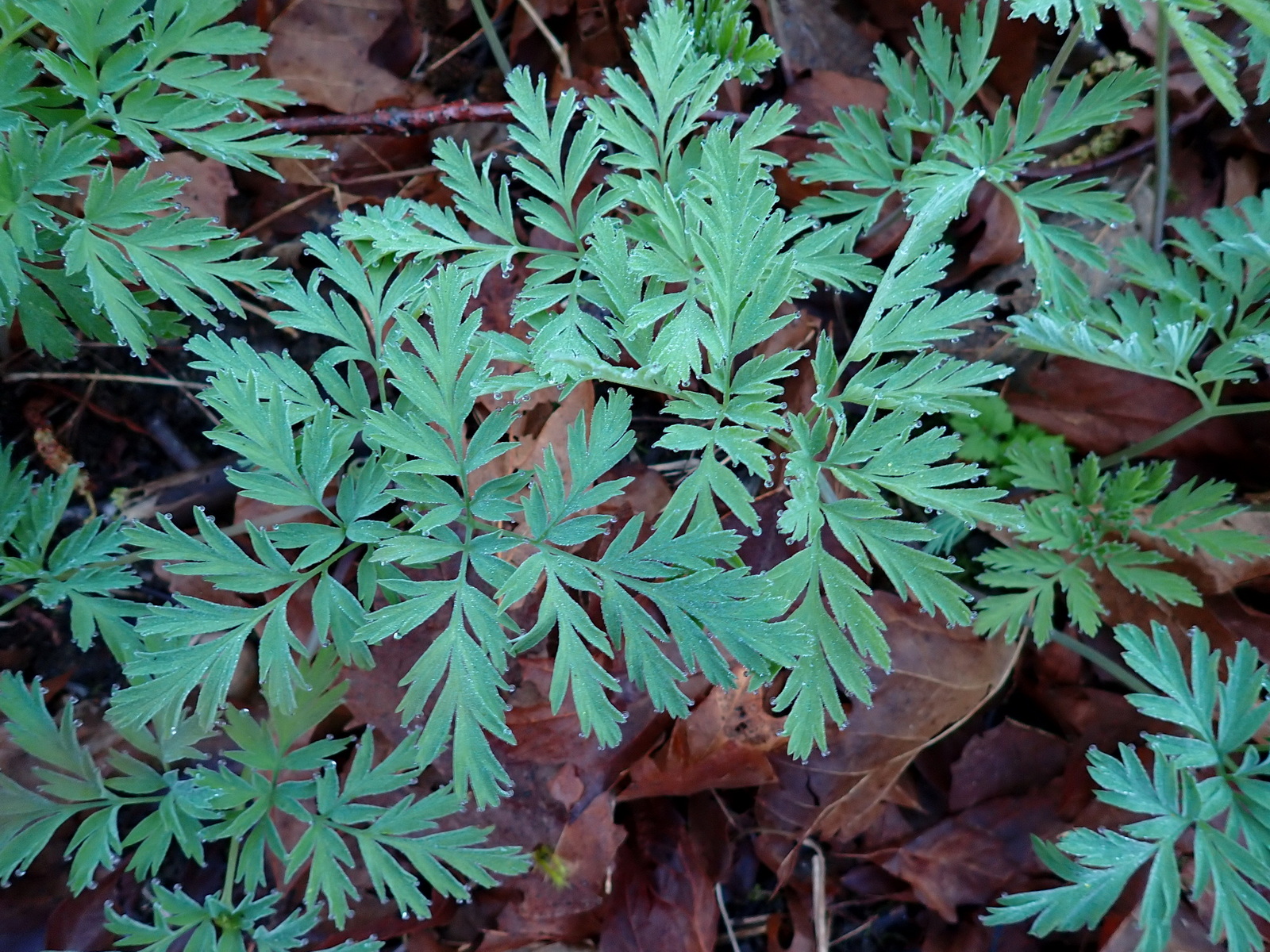
Seven Spring Forbs
With the return of spring to our backyard forests, we welcome the native forbs as they awaken from their winter slumbers. In this blog I write about seven species that help fill gaps in the understory.
-
Trailing Blackberry X Himalayan Blackberry Hybrids
Does the native Trailing Blackberry hybridize with the invasive Himalayan Blackberry, and if so, what does this mean for backyard forest restoration?
-
Two Easy Wet-Season Transplants
Large-Leaved Avens and Fragrant Fringecup are evergreen, perennial forbs native to the Puget Lowlands. I’ve had good success “rescuing” and transplanting both during the wet season without irrigation.
-

Fire Ladders and Douglas Firs
Though wildfires are rare in Puget Lowland forests, when they do occur mature Douglas Fir trees can be killed if fire reaches their crowns. One way this can happen is through “fire ladders,” which can be prevented by pruning the lower branches of Western Redcedars and Western Hemlocks.
-

Rescuing Sword Fern and Bigleaf Maple
The wet season has returned – time for fall planting. I have been rescuing Sword Ferns and Bigleaf Maples and moving them to spots where they have a better chance to grow to maturity.
-

Mycorrhizal Associations Between Douglas Fir and Other Tree Species
Does Douglas Fir form mycorrhizal associations with Red Alder, Western Hemlock, or Western Redcedar?
-
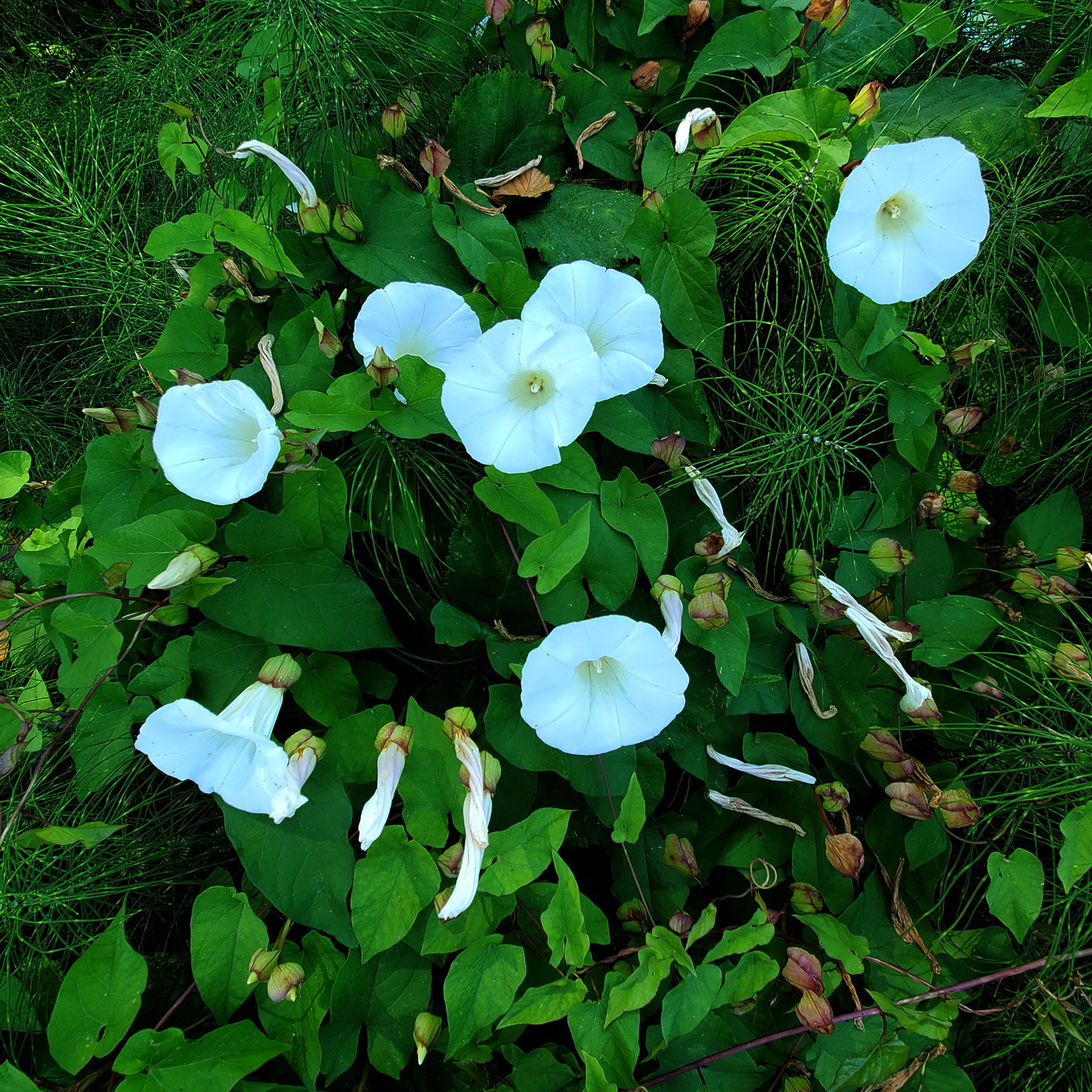
Pulling Stinging Nettle in Patches of Hedge Bindweed
As I fight my way through tall vegetation removing masses of Hedge Bindweed, I also pull out any Stinging Nettle I come across even though it may be native to the Pacific Northwest.
-
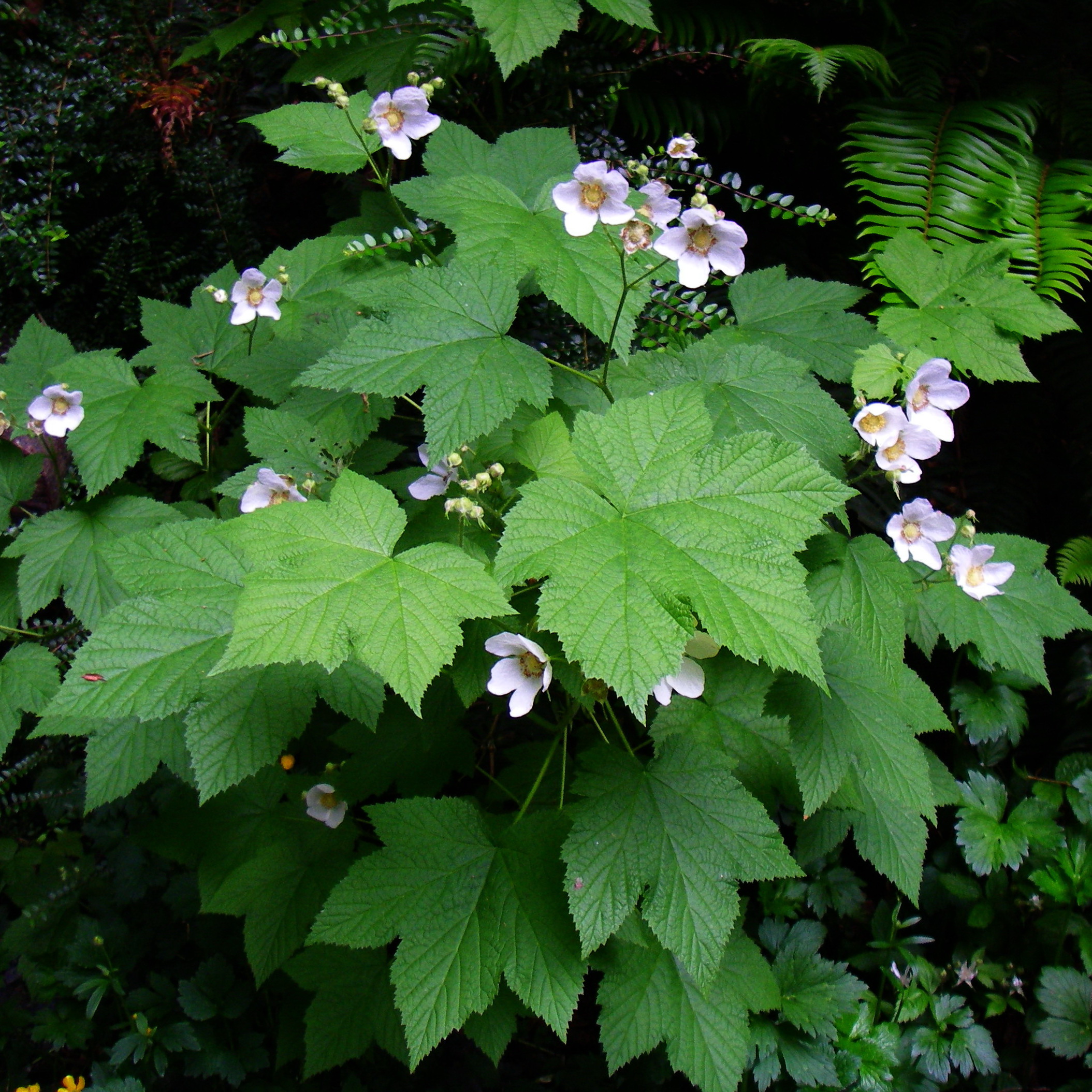
Gardening with Native Plants
In addition to the removal of invasive plants, forest restoration involves efforts to regenerate native plants.
-
Choosing the Right Trees to Plant in Our Urban Forests
We have opportunities to plant many trees in our urban forests, but what species should we choose?
-
To Plant or Not to Plant: Three Phases in the Growth of Forests
In my last blog, I left off questioning if it makes sense to plant new trees under the canopy of forests, since the existing trees accumulate mass at an ever-increasing rate. I think part of the answer lies in the stages of forest growth in terms of three broad phases of overall biomass accumulation.
-

Big Trees Grow Faster Than Small Trees
The largest Douglas Fir in Forest Park has a circumference of over 20’ and is estimated to be 176’ tall. It surprised me to learn that it is probably growing faster than any other Douglas Fir in the park.
-
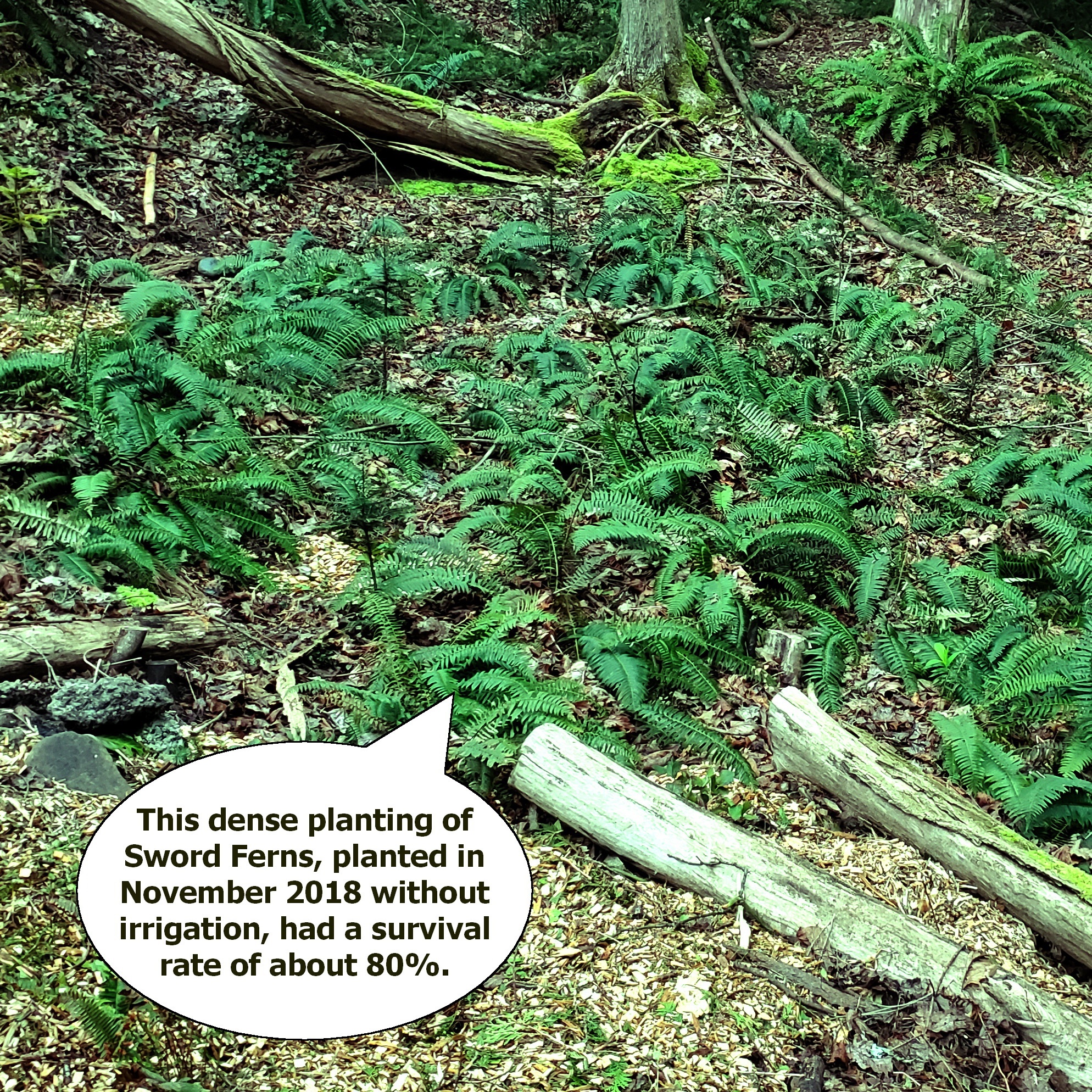
The Sobering Cost of High-Density Planting
Using the spacing guidelines from the Green Seattle Partnership and current retail prices from a local native plant nursery I estimate that installing a dense planting of natives on a site measuring only 10’ by 10’ (100 square feet) would cost about $470.